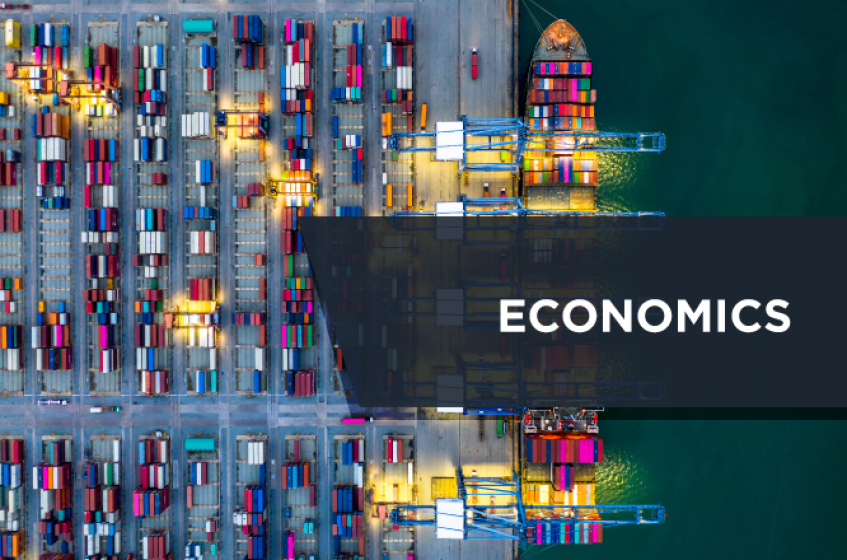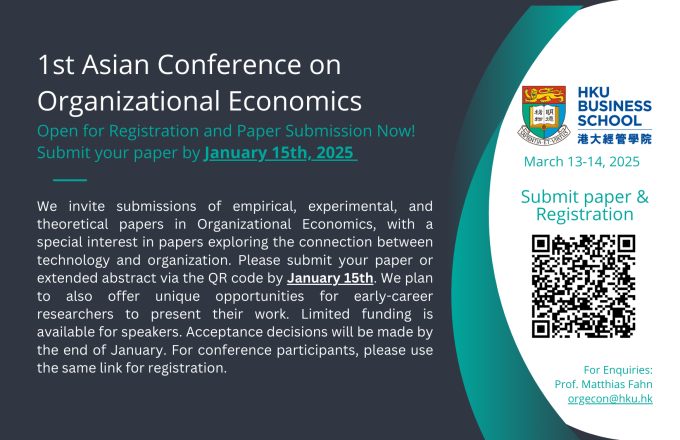Deforestation: A Global and Dynamic Perspective
Prof. Farid Farrokhi
Assistant Professor of Economics
Purdue University
We study deforestation in a dynamic world trade system. We first document that
between 1990-2020: (i) global forest area has decreased by 7.1 percent, with large
heterogeneity across countries, (ii) deforestation is associated with expansions of agri-
cultural land use, (iii) deforestation is larger in countries with a comparative advantage
in agriculture, and (iv) larger population growth leads to deforestation. We build a
model in which structural change and comparative advantage determine the extent,
location, and timing of deforestation. We show analytically and quantitatively that,
if agriculture is complementary in demand to other sectors, global reductions in trade
costs reduce global deforestation, even if such shocks increase deforestation when expe-
rienced only by an individual economy. In our calibrated model, a 30 percent reduction
in global agricultural trade costs increases steady-state forest share for world area by
0.5 percentage points, taking decades to occur. In the cross-section, countries with
a comparative advantage in agriculture expand production at the expense of more
deforestation there.












